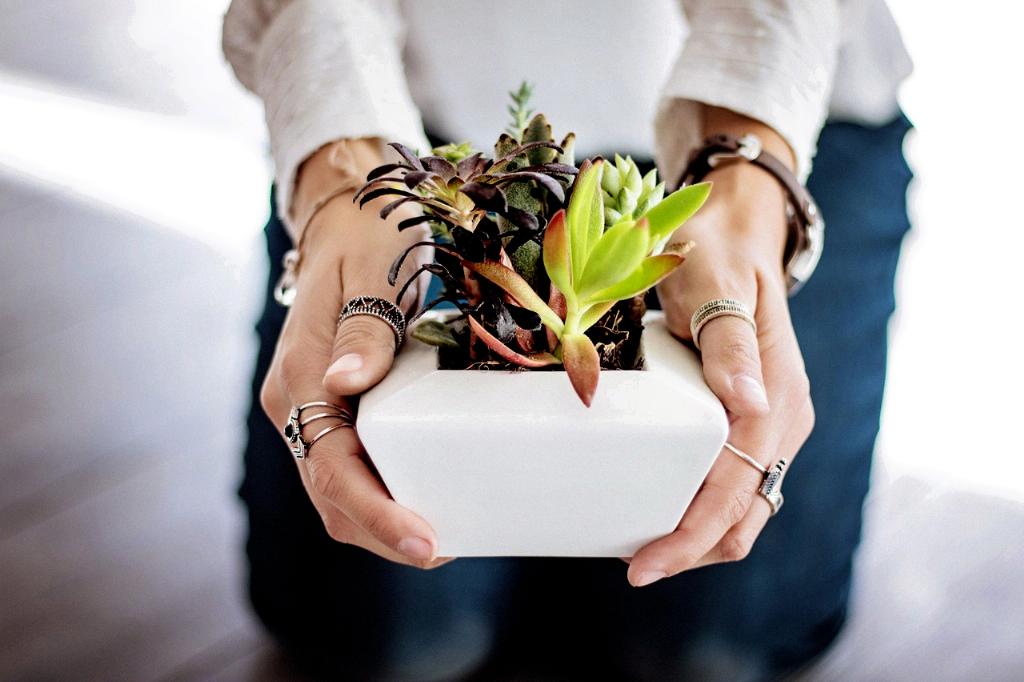When it comes to growing healthy succulents, one of the key factors to consider is the type of soil you use. Succulents are known for their ability to store water in their leaves and stems, making them well-suited to arid conditions. To ensure that your succulents thrive, it is crucial to select the right soil that provides good drainage and proper aeration.
The Importance of Well-Draining Soil
Succulents are prone to root rot if they sit in waterlogged soil for extended periods. Therefore, it is essential to choose a well-draining soil mix that allows excess water to flow out quickly, preventing moisture-related issues that can harm your plants.
Consider Using a Sandy Potting Mix
One of the best soil options for succulents is a sandy potting mix. Sandy soil is porous and allows water to pass through easily, preventing water from pooling around the roots and causing them to rot. This type of soil mimics the natural habitat of many succulents, which typically grow in sandy, rocky environments.
Alternative Soil Mixes for Succulents
If you don’t have access to a sandy potting mix, there are other suitable options for planting succulents. Potting soil or cactus soil containing materials like pumice or perlite can also be effective choices. These additives help improve drainage and aeration, creating a healthy environment for your succulents to thrive.
Creating Your Own Succulent Soil Mix
If you prefer a DIY approach, you can create your own succulent soil mix by combining equal parts of potting soil, coarse sand, and perlite. This mixture provides a good balance of nutrients, drainage, and aeration for your succulents, promoting healthy growth and development.
Factors to Consider When Choosing Soil
When selecting soil for your succulents, consider factors such as the specific succulent species you are growing, the climate in your area, and the container you plan to use. Different succulents have varying soil requirements, so it’s essential to research the needs of your specific plants to provide the best growing conditions.
Avoid Heavy Clay Soils
Avoid using heavy clay soils for succulents, as they retain water and can lead to root rot. Clay soil compacts easily, reducing aeration and drainage, which are vital for the health of your succulents. Opt for well-draining soil mixes that promote healthy root development and overall plant growth.
Ensuring Proper Drainage in Containers
In addition to choosing the right soil, it is crucial to use containers with drainage holes to allow excess water to escape. Without proper drainage, water can accumulate at the bottom of the pot, creating a waterlogged environment that is detrimental to succulents. Ensure that your containers have adequate drainage to prevent moisture-related issues.
Monitoring Watering Practices
Proper watering is crucial for the health of succulents, as overwatering can lead to root rot and other problems. Water your succulents only when the soil is dry to the touch, and allow excess water to drain out of the pot completely. By maintaining a proper watering routine, you can help your succulents thrive in their well-draining soil mix.
Conclusion
Choosing the right soil for your succulents is vital for their overall health and well-being. By opting for a well-draining sandy potting mix or incorporating materials like pumice and perlite, you can create an optimal growing environment for your succulents. Remember to consider factors such as drainage, aeration, and plant species when selecting soil for your succulents, and monitor watering practices to ensure their continued growth and success.

